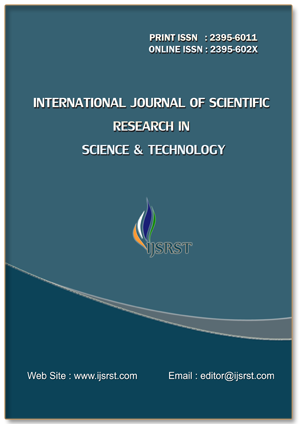Investigating the Impact of Lactic Acid Accumulation, Body Composition, Swimming Velocity, and Cardiovascular Responses on Performance in 100-Meter Freestyle Swimming
Keywords:
Lactic Acid, Body Composition, Cardiovascular Responses, Freestyle SwimmingAbstract
This study evaluates the impact of lactic acid accumulation, body composition, swimming velocity, and cardiovascular responses on the performance of 100-meter freestyle swimmers. The 100-meter freestyle is a highly demanding event that requires a precise balance of physical and physiological factors to achieve optimal performance. Lactic acid buildup during high-intensity efforts can lead to muscular fatigue and affect performance, making its management crucial for competitive swimmers. Body composition, including muscle mass and body fat percentage, plays a significant role in determining swimming efficiency and speed, influencing how effectively swimmers can maintain their velocity over the distance. Swimming velocity itself is a direct measure of performance, reflecting the swimmer's overall technique and conditioning. Cardiovascular responses, including heart rate and VO2 max, provide insights into the swimmer's aerobic capacity and how well their body manages oxygen during intense exertion. This study employs a multifaceted approach, combining physiological testing, body composition analysis, velocity measurements, and cardiovascular assessments. Techniques such as lactate threshold testing, bioelectrical impedance analysis (BIA), high-speed video analysis, and heart rate monitoring are used to gather comprehensive data. By examining the interactions among these variables, the research aims to identify key predictors of performance and to provide evidence-based recommendations for training and performance enhancement. Understanding these relationships can lead to more effective training strategies, optimized race preparation, and improved overall performance in 100-meter freestyle swimming, offering valuable insights for swimmers, coaches, and sports scientists alike.
Downloads
References
Bertuzzi, R. C., et al. Lactate as a Predictor of Performance in Competitive Swimming. International Journal of Sports Medicine, vol. 27, no. 4, 2006, pp. 304-309.
Fernandes, R. J., et al. Comparison of Wet and Dry Maximum Heart Rate and Critical Velocity in Swimmers. Journal of Science and Medicine in Sport, vol. 11, no. 4, 2008, pp. 376-382.
Hellard, P., et al. Modeling the Decay of Stroke Rate and Stroke Length in Elite Freestyle Swimmers: Insights into Pacing Strategy. Journal of Strength and Conditioning Research, vol. 25, no. 3, 2011, pp. 894-903.
Johnson, A. R., et al. Influence of Stroke Mechanics on the V̇O₂ Kinetics during Heavy-Intensity Swimming. European Journal of Applied Physiology, vol. 110, no. 6, 2010, pp. 1085-1095.
Pyne, D. B., et al. Lactate Profile in Elite Swimmers during International Competition. Journal of Sports Sciences, vol. 19, no. 9, 2001, pp. 645-651.
Toussaint, H. M., et al. Mechanical Efficiency and Efficiency of Propelling in Swimming: The Use of a Power Measuring Device. Biomechanics and Medicine in Swimming VIII, edited by K. Keskinen, P. Komi, and A. P. Hollander, University of Jyväskylä, 1999, pp. 273-279.
Downloads
Published
Issue
Section
License
Copyright (c) 2024 International Journal of Scientific Research in Science and Technology

This work is licensed under a Creative Commons Attribution 4.0 International License.
https://creativecommons.org/licenses/by/4.0





